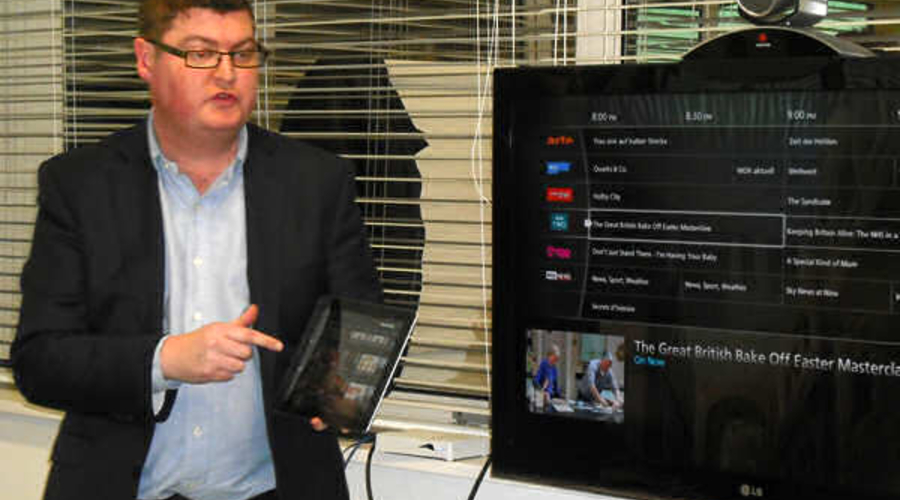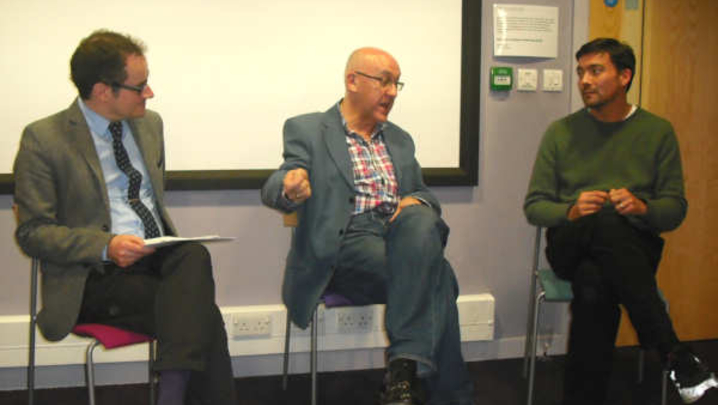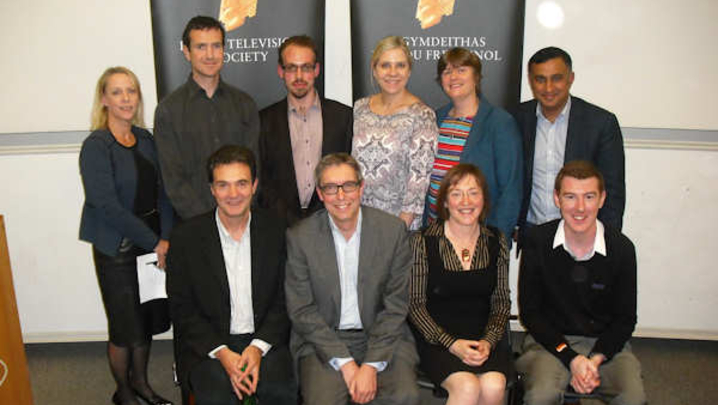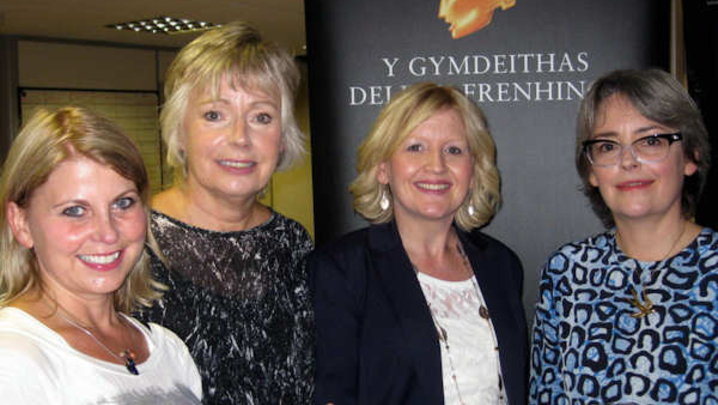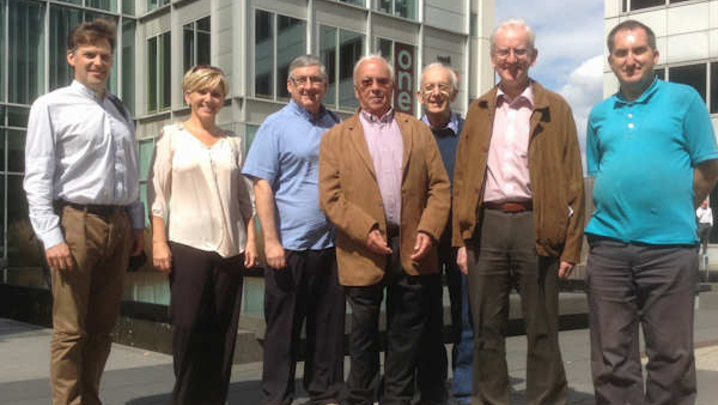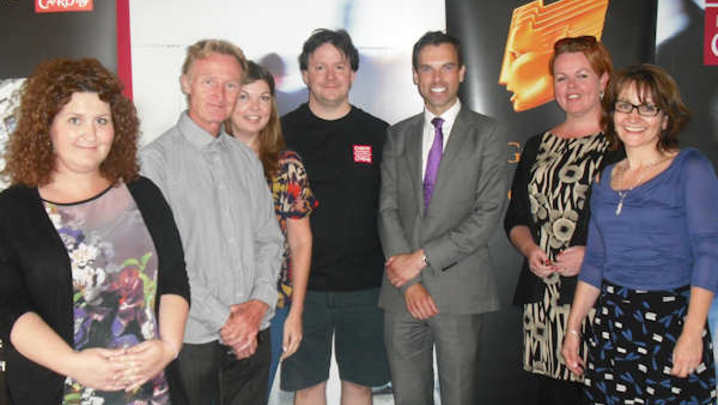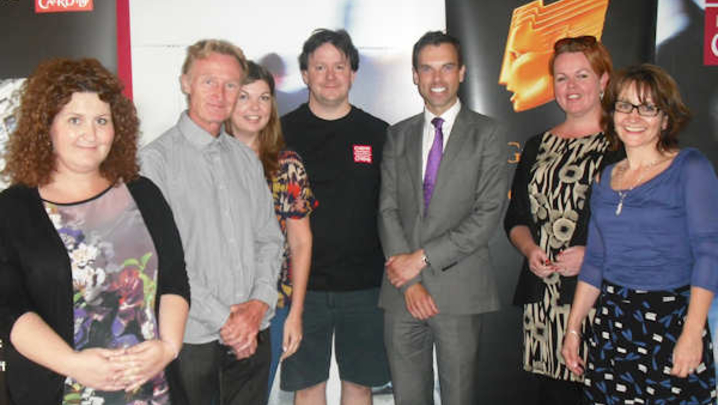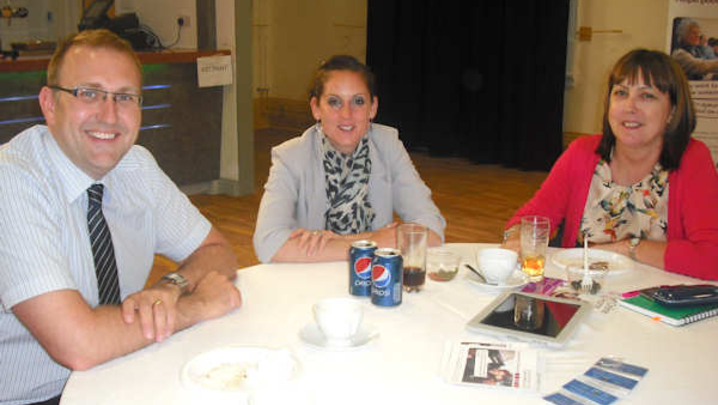"The TV revolution is underway": Multi-screen and Over-The-Top content delivery
S4C Boardroom, 26th March, 7pm.
According to David Jenkins (above), Senior Product Line Manager with Nagra Media UK, "by 2010, it was already possible to reach at least 30% of viewers in most of the developed world without using any broadcast infrastructure". The Nagra name was originally associated with audio film recorders, and its experts even gave evidence at the Watergate hearings, but the company now specialises in television network distribution. In David's view, Over-the-Top (OTT) content delivery, where TV can be carried on any sufficiently fast Internet connection rather than a dedicated network, is fundamentally challenging conventional broadcast models. The way we use television is also changing, and increasingly we expect to be able see our programmes and content on a huge range of devices, from laptops, tablets and smart-phones, to IPTVs. David claims that broadcasters know this too, "anyone who is serious about TV will be on as many of these platforms as possible - as a strategic proposition".
But delivery costs are key. David admits that for mainstream channels such as BBC 1, conventional transmission is still currently the most cost-effective way to reach audiences. But the 'tipping point' is shifting in favour of on-line networks, particularly for niche channels, and David believes that OTT delivery will eventually dominate. As proof of this, he points to the success of catch-up services such as BBC i-Player, 4OD, and S4C's Clic service, along with new programmes and series, such as Car Share, Peter Kay's new BBC 1 sitcom, being premiered on-line before being broadcast.
According to industry predictions, by 2020, AV content will be streamed on over 22 billion devices worldwide. Devices on the same network already allow viewers to 'flip' content from one screen to another, "you can search on a tablet, find a movie, and then 'throw it' onto a smart TV to view it" - a technique dramatically demonstrated by David during his presentation. OTT delivery will also allow broadcasters and viewers to interact, "we will know you, record you and anticipate you". People will also pay for on-demand content, provided it can be discovered easily, "in the past, owning the eyeballs led to the wallets, but in the future, fingertips will be key".

